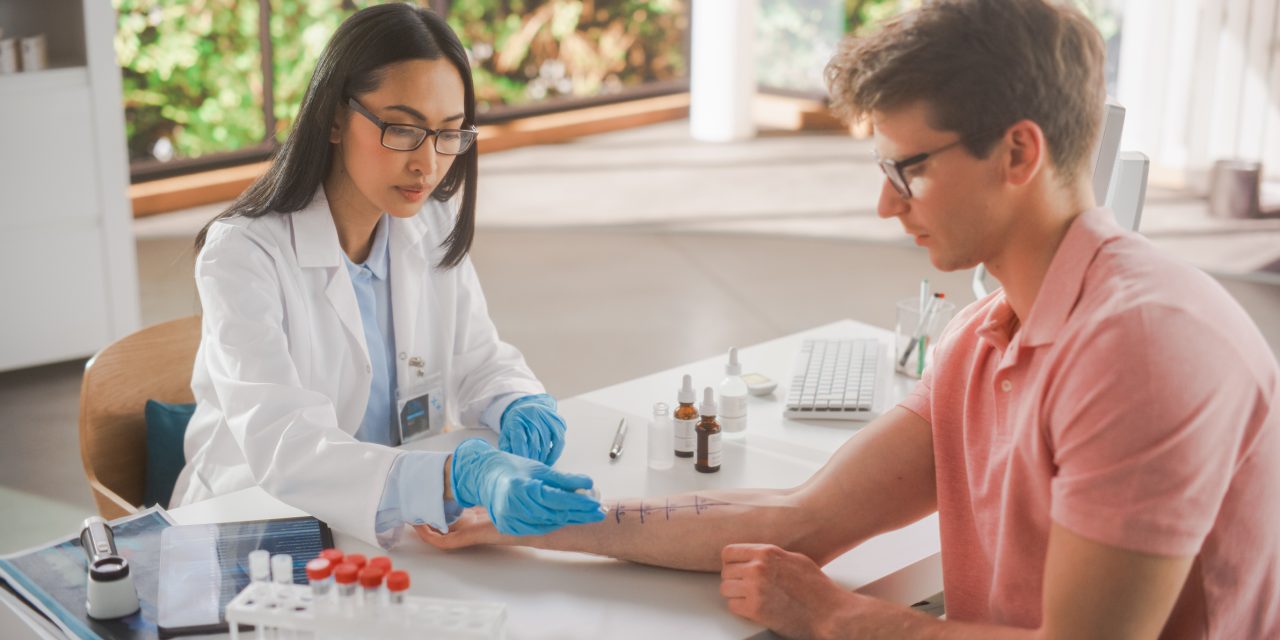This review describes how plasma is sourced for fractionation into plasma-derived medicinal products, such as immunoglobulin (Ig), together with differences between plasma from whole blood and plasmapheresis in terms of global plasma supply. Specific areas of growth in immunoglobulin use are identified alongside novel therapies, reducing demand for some immunoglobulin indications.
There has been a 6–8% annual growth in immunoglobulin use. Secondary immunodeficiency alongside improved recognition and diagnosis of primary immunodeficiency disorders are drivers, whereas the novel neonatal Fc receptor inhibitors may reduce demand for some immunomodulatory indications.
There is a significant geographical imbalance in the global supply of plasma, with 65% collected in the United States. This results in a dependency of other countries on the United States supply and argues for more plasma supply and greater regionally balanced plasma collection. In addition, progress towards a transparent, regulated, and well-tolerated framework for the coexistence of unpaid and compensated plasma donations is needed as the unpaid donation will not be sufficient. The needs should inform these discussions of patients for this life-saving therapy, the care of donors, and the safety of plasma and PDMPs.


